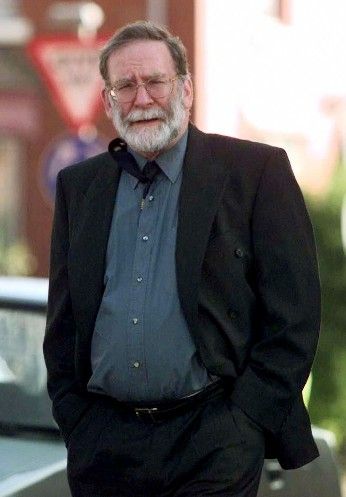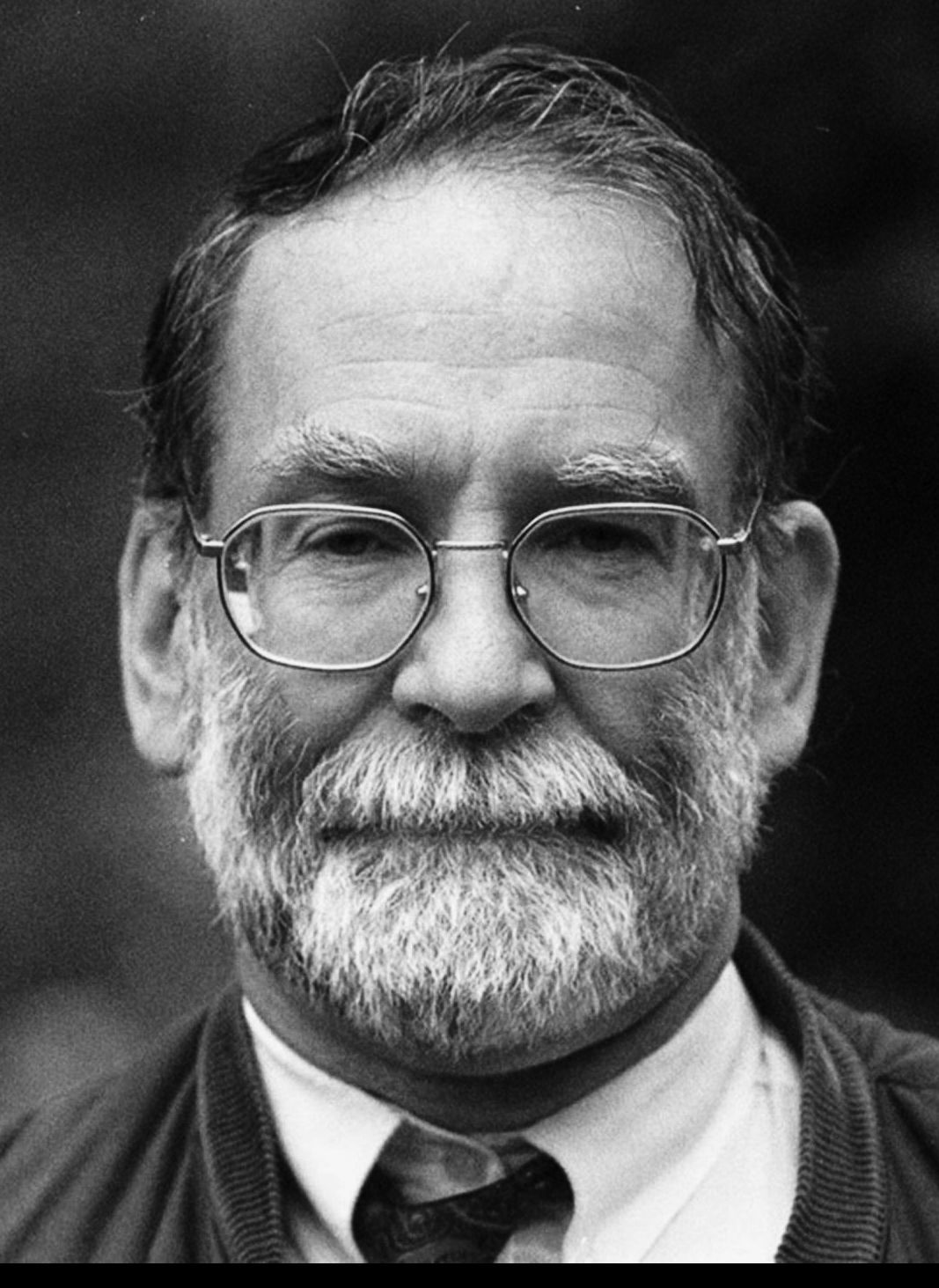Explore the chilling story of Harold Shipman, a trusted family doctor who secretly killed hundreds of patients. Learn how he was caught and the lasting impact on healthcare.

Introduction
Harold Shipman was a family doctor in England.
He was kind, calm, and respected by his community.
But behind this gentle face was a dark and shocking secret.
Shipman became one of the deadliest serial killers in history.
He is believed to have murdered more than 250 patients over nearly 30 years.
This story is not just about crime—it’s about trust, betrayal, and the hidden dangers that can lurk in places we least expect. For more gripping true crime stories, check out Dive into the Life of Pablo Escobar.
The Man Everyone Trusted
Shipman started working as a doctor in the 1970s.
He ran a small practice in Hyde, a quiet town near Manchester.
He was known for his caring manner, especially with older patients.
Many families invited him into their homes.
He made house calls, listened carefully, and seemed like the perfect doctor.
But over time, people noticed a strange pattern—too many patients were dying under his care.
Most were elderly women, many in good health just days before their deaths.
If you want to understand how trust can be shattered, read How One European King Caused 10 Million Deaths in Africa.
How Did He Kill?
Harold Shipman used his knowledge as a doctor to kill.
He injected his victims with large amounts of morphine, a strong painkiller.
Morphine in high doses causes the body to shut down quietly.
His patients often died peacefully and without suffering.
Because Shipman signed their death certificates himself, no one suspected foul play.
He sometimes even encouraged families to cremate the bodies, making it impossible to investigate.
His method was secret and deadly.
The Suspicious Death That Led to His Arrest
In 1998, Shipman’s luck ran out.
Kathleen Grundy, a wealthy and healthy woman, died suddenly.
Shipman claimed natural causes.
But Kathleen’s daughter was suspicious.
She noticed that her mother’s will had changed—leaving everything to Shipman.
She reported this to the police.
When Kathleen’s body was exhumed, tests found lethal levels of morphine.
Shipman was arrested, and his secret began to unravel.
If you want to explore other tragic events that shocked the world, visit Jonestown Massacre: What Happened and Why It Matters.
The Shocking Scale of His Crimes
After his arrest, police examined hundreds of deaths connected to Shipman.
They found disturbing evidence:
- Many patients died soon after Shipman visited.
- Death certificates often listed vague or incorrect causes.
- Families remembered Shipman being the last person with the patient.
Shipman was charged with 15 murders but is believed to have killed over 250 people.
Most were elderly women who trusted him completely.
In 2004, Shipman died by suicide in his prison cell, just before his 58th birthday.
Why Did Harold Shipman Kill?
The reasons behind Shipman’s actions remain unclear.
He did not kill for money—except in the case of Kathleen Grundy’s will.
He did not openly admit any mental illness.
Some experts think he enjoyed the power over life and death.
Others believe it was a twisted desire for control or attention.
Whatever the cause, his actions left families devastated and shocked the nation.
The Impact on Medicine and Trust
The Shipman case shook public trust in doctors.
It led to big changes in the UK’s healthcare system:
- Doctors can no longer sign death certificates for their own patients.
- Deaths are checked more closely for suspicious causes.
- Prescription drugs like morphine are monitored carefully.
Shipman’s story reminds us that trust is precious but must be balanced with vigilance.
For ongoing updates on global and health news, visit America112.com.
Related Stories You Might Like
If you found this story gripping, check out these related posts:
👉 How One European King Caused 10 Million Deaths in Africa
👉 Dive into the Life of Pablo Escobar
👉 Jonestown Massacre: What Happened and Why It Matters
Final Thoughts
Harold Shipman’s story is a chilling reminder that evil can hide behind the kindest faces.
He was a doctor—a symbol of healing and trust—who used his knowledge to take lives instead.
His actions left deep scars in the hearts of many families.
We must remember those lost and always ask questions, even when it feels uncomfortable.
Because sometimes, truth is the only way to heal.

